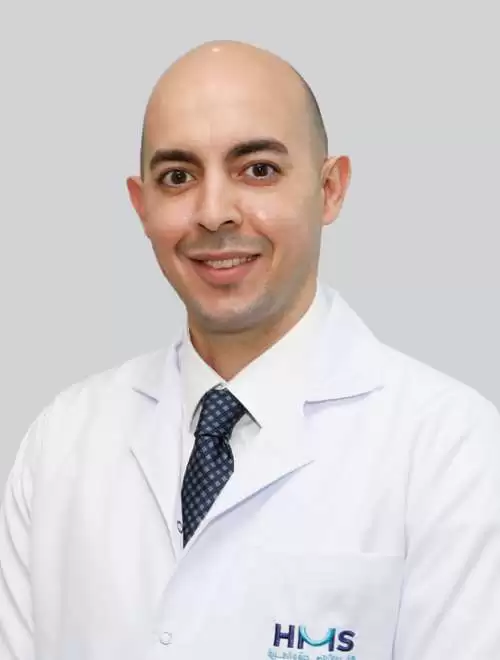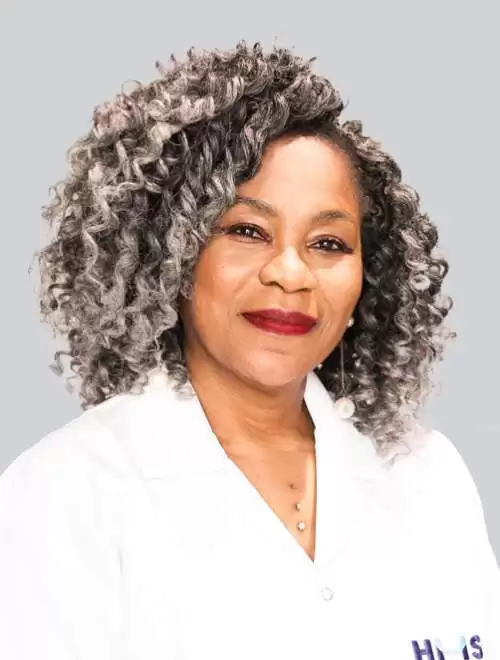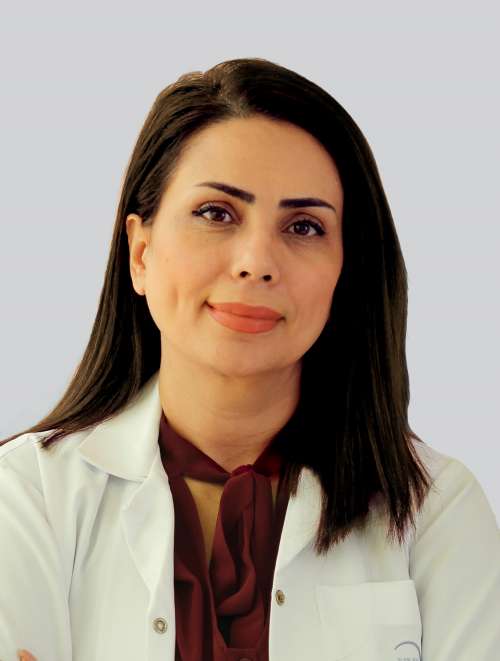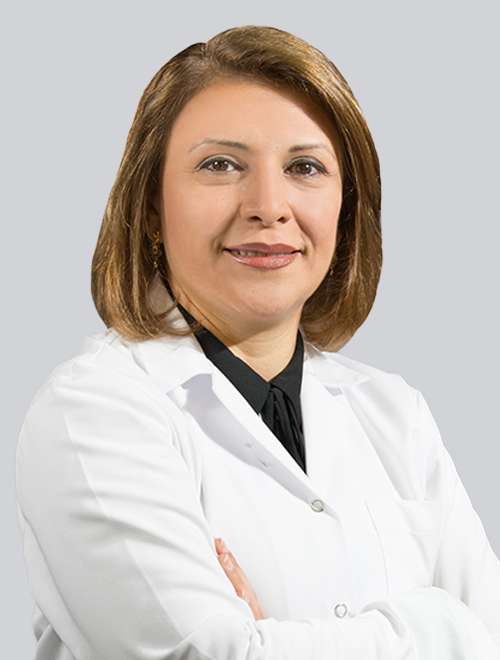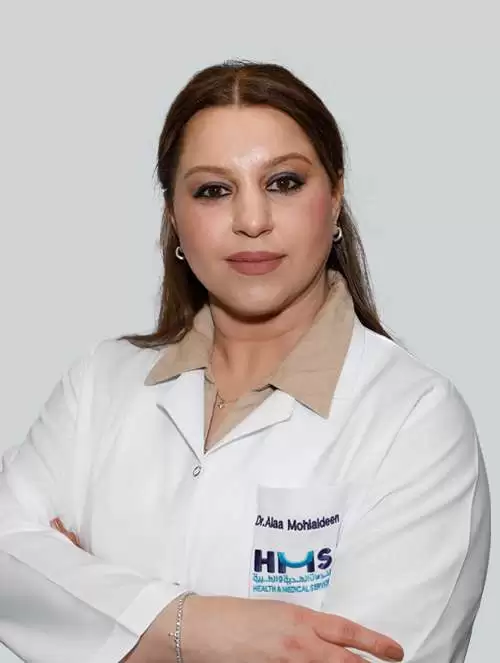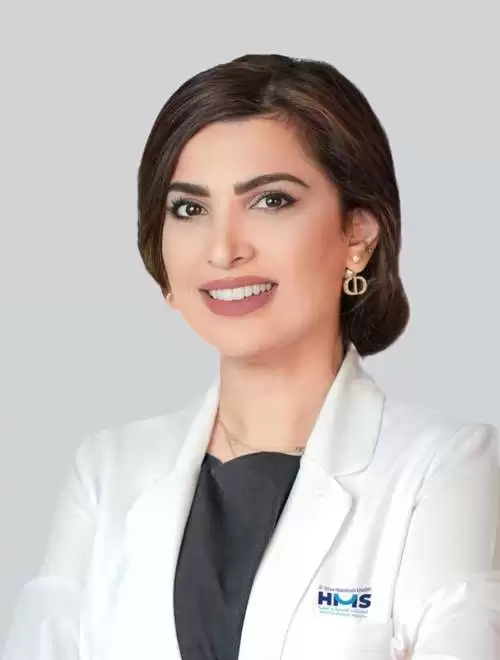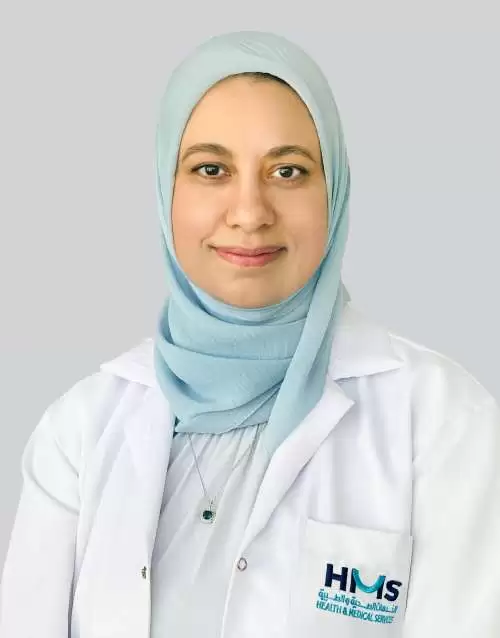Breast Cancer
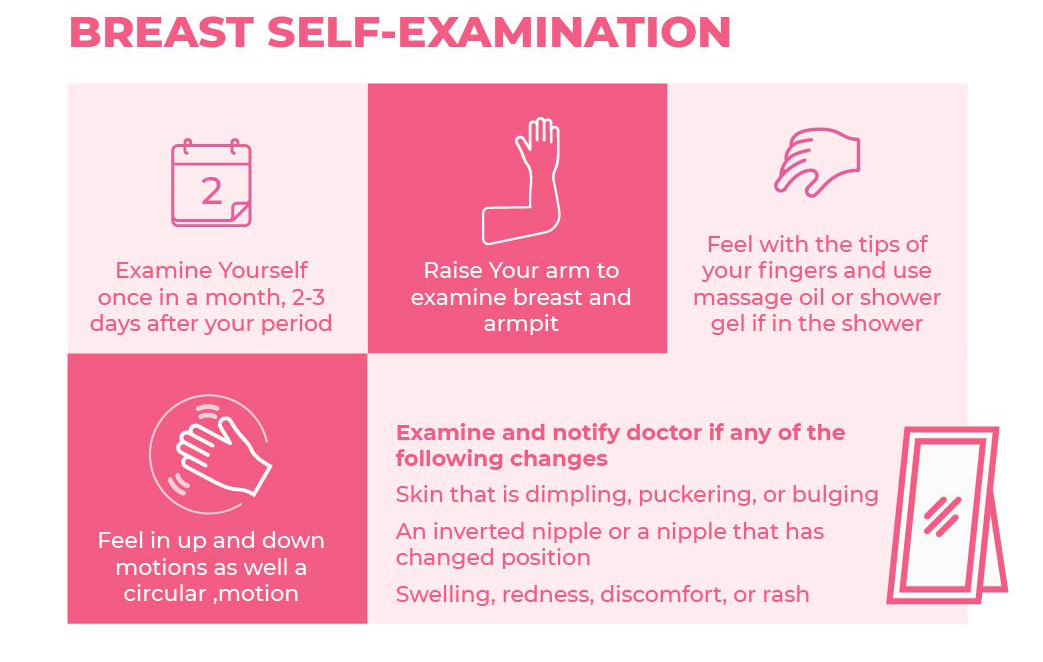
HMS Mirdif Hospital supports spreading the message that early detection is key to beating breast cancer. Today, join the cause to assist women in need and protect yourself by detecting cancer early!
What Is Breast Cancer?
- Breast cancer happens when cells in your breast grow and divide in an uncontrolled way, creating a mass of tissue called a tumor
- Can be seen during a self check-up, mammogram, or x-ray screenings
- Usually, most breast lumps are benign, however, it is always better to check and be secured
- Benign lumps are abnormal growths that don't spread outside of the breast, but they should be observed by your healthcare professional to not develop into a life-threatening lump.
Where does Breast Cancer begin?
- Breast cancer can mostly start in the ducts (delivering milk to the nipple) or lobules (glands that product breast milk)
- Less common areas that tumors begin in are phyllodes and angiosarcoma
- Sarcomas and lymphomas are malignancies that aren't typically thought of as breast cancers.
What are the different types of Breast Cancer
1. Angiosarcoma
2. Ductal carcinoma in situ (DCIS)
3. Inflammatory breast cancer
4. Invasive lobular carcinoma
5. Lobular carcinoma in situ (LCIS)
6. Male breast cancer
7. Paget's disease of the breast
8. Recurrent breast cancer
Breast cancer comes in numerous forms, the most frequent of which are ductal carcinoma in situ (DCIS) and invasive carcinoma. Others, such as phyllodes tumors and angiosarcoma, are rare.
What causes estrogen-positive breast cancer?
During a biopsy or surgery, the cells taken out are usually tested to see if they have certain proteins that are estrogen or progesterone receptors. When the hormones estrogen and progesterone attach to these receptors, they stimulate cancer to grow which may develop into cancerous cells.
What causes breast cancer to spread?
At HMS Mirdif Hospital, our specialists exam the growth of breast cells & if they begin to grow abnormally meaning cells divide more rapidly than healthy cells do and continue to accumulate, forming a lump or mass leading them to spread (metastasize) through your breast to your lymph nodes or to other parts of your body (small transparent fluid bean-shaped collections of immune system cells).
Most of the breast lymph veins flow into:
- Lymph nodes in the armpits (axillary nodes)
- Around the collarbone, there are lymph nodes (supraclavicular (above the collar bone) and infraclavicular (below the collar bone) lymph nodes)
- Near the breastbone, there are lymph nodes inside the chest (internal mammary lymph nodes)
The more lymph nodes that contain breast cancer cells, the more probable the disease may spread to other organs. As a result, detecting cancer in one or more lymph nodes can have a significant impact on your treatment approach. To find out if cancer has spread, you'll usually need surgery to remove one or more lymph nodes.
Despite this, not all women with cancer cells in their lymph nodes get metastases, and some women who do not have cancer cells in their lymph nodes develop metastases later.
Breast self-examination
Breast self-examination is a very important approach to detect breast cancer early when it is more likely to be effectively treated.
You can do the self-examination by following the below steps:
Step 1: Stand in front of the mirror with your shoulders straight and your arms on your hips, look at your breasts, and look for the below signs:
- Change in size, shape, and color
- Any signs of deformation or edema
- Dimpling, puckering or bulging
- Inverted nipple or a nipple that has changed position (pushed inward instead of sticking out)
- Swelling, redness, discomfort, or rash
Step 2: Raise your arms and examine them for the same changes
Step 3: Examine your nipples in the mirror for any symptoms of fluid leaking from one or both (this could be a watery, milky, or yellow fluid or blood)
Step 4: Lay down & feel your left breasts with your right hand & your left hand on your right breast. Keep your fingers flat and together while applying a firm, smooth touch to the first few finger pads of your hand. Make a quarter-sized circular motion with your hands
Step 5: Finally, during the shower while standing or sitting, feel your breasts as it will be easier when your skin is moist and slick. Using the same hand movements as in step 4, cover your entire breast
Breast Cancer Prevention Tips:
1. Try not to put on weight
2. Eat healthy food
3. Physical activity
4. Consume very little or no alcohol
5. Keep away of hormone replacement therapy
6. Take an estrogen-blocking medication
7. Don't smoke
8. If at all feasible, breastfeed your children for as long as possible.
